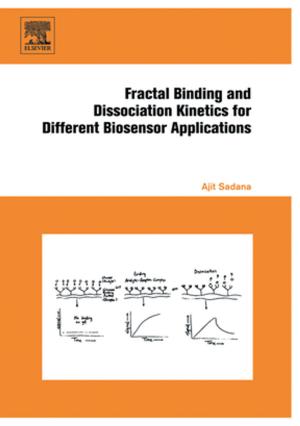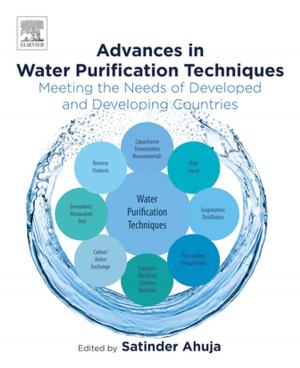Working Guide to Reservoir Rock Properties and Fluid Flow
Nonfiction, Science & Nature, Science, Earth Sciences, Geology, Technology, Power Resources| Author: | Tarek Ahmed | ISBN: | 9781856179010 |
| Publisher: | Elsevier Science | Publication: | August 24, 2009 |
| Imprint: | Gulf Professional Publishing | Language: | English |
| Author: | Tarek Ahmed |
| ISBN: | 9781856179010 |
| Publisher: | Elsevier Science |
| Publication: | August 24, 2009 |
| Imprint: | Gulf Professional Publishing |
| Language: | English |
Working Guide to Reservoir Rock Properties and Fluid Flow provides an introduction to the properties of rocks and fluids that are essential in petroleum engineering. The book is organized into three parts. Part 1 discusses the classification of reservoirs and reservoir fluids. Part 2 explains different rock properties, including porosity, saturation, wettability, surface and interfacial tension, permeability, and compressibility. Part 3 presents the mathematical relationships that describe the flow behavior of the reservoir fluids. The primary reservoir characteristics that must be considered include: types of fluids in the reservoir, flow regimes, reservoir geometry, and the number of flowing fluids in the reservoir. Each part concludes with sample problems to test readers knowledge of the topic covered.
- Critical properties of reservoir rocks Fluid (oil, water, and gas)
- PVT relationships
- Methods to calculate hydrocarbons initially in place
- Dynamic techniques to assess reservoir performance
- Parameters that impact well/reservoir performance over time
Working Guide to Reservoir Rock Properties and Fluid Flow provides an introduction to the properties of rocks and fluids that are essential in petroleum engineering. The book is organized into three parts. Part 1 discusses the classification of reservoirs and reservoir fluids. Part 2 explains different rock properties, including porosity, saturation, wettability, surface and interfacial tension, permeability, and compressibility. Part 3 presents the mathematical relationships that describe the flow behavior of the reservoir fluids. The primary reservoir characteristics that must be considered include: types of fluids in the reservoir, flow regimes, reservoir geometry, and the number of flowing fluids in the reservoir. Each part concludes with sample problems to test readers knowledge of the topic covered.
- Critical properties of reservoir rocks Fluid (oil, water, and gas)
- PVT relationships
- Methods to calculate hydrocarbons initially in place
- Dynamic techniques to assess reservoir performance
- Parameters that impact well/reservoir performance over time















